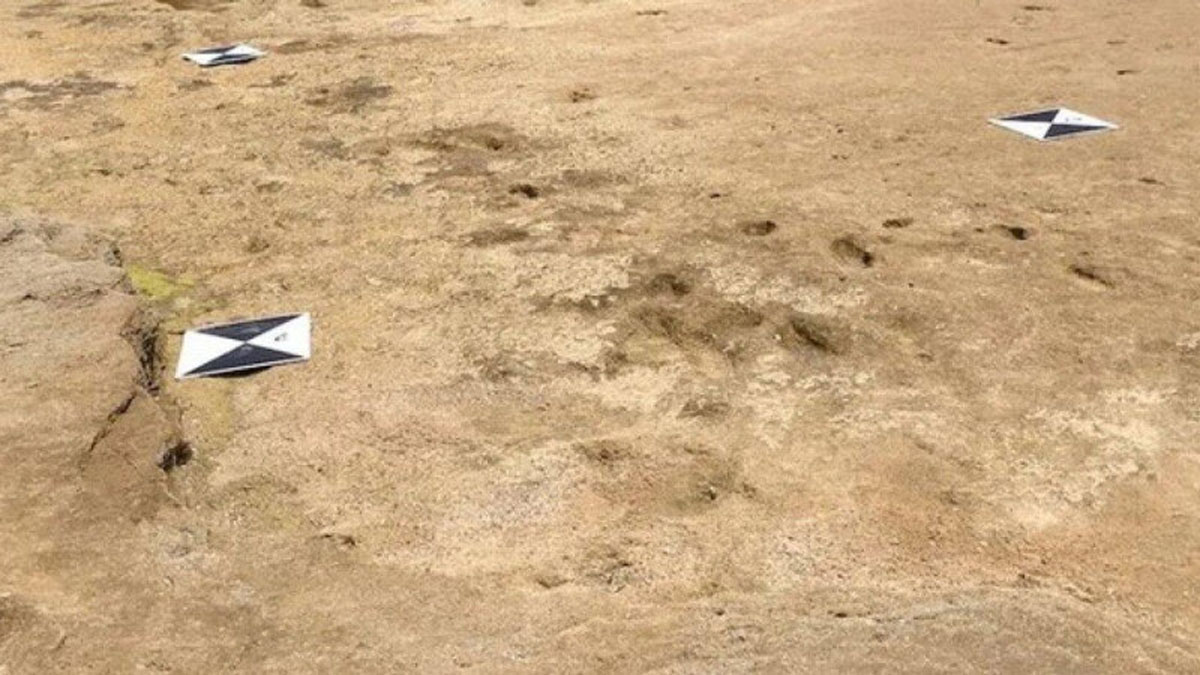Researchers have discovered unique human traces in Morocco that are about 90 thousand years old.
According to the Times of India, this discovery was the first such find in North Africa and the southern Mediterranean. A total of about 85 prints were discovered. Left by at least five ancient people, these traces are evidence of a bygone era.
Scientists stumbled upon this valuable find during archaeological work in Morocco. The oldest human footprints on the beach are now recognized as some of the largest and best preserved in the world. The confirmed results of the study were published in the journal Scientific Reports, which describes how the team accidentally discovered the tracks in 2022.
Mounsef Sedrati, assistant professor of bone dynamics and geomorphology at the University of Southern Brittany in France and lead author of the study, recounted the moment of discovery:
“At low tide, we decided to explore another beach in the north and were surprised to find the first footprint. At first, we doubted it was a human footprint, but then we found the rest of the trail,” he said.
Using optically stimulated luminescence dating, scientists have determined that approximately 90,000 years ago, during the last Ice Age, a group of Homo Sapiens walked along this beach. Sedrati added that they took measurements on the ground to determine the size and depth of the tracks and were able to estimate the age of the individuals who left them, including children, adolescents, and adults.
The preservation of the ancient traces is explained by several factors, including the unique location of the beach and the action of the tides.
“What’s special is the location of the beach on a rocky platform with clay deposits,” Sedrati emphasized.
These deposits helped preserve the tracks on the sandbar, and the tides quickly covered the beach, which allowed the tracks to be so well preserved.

